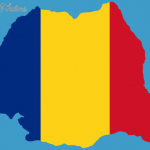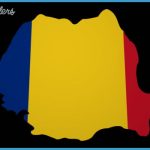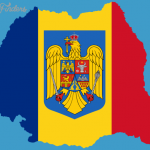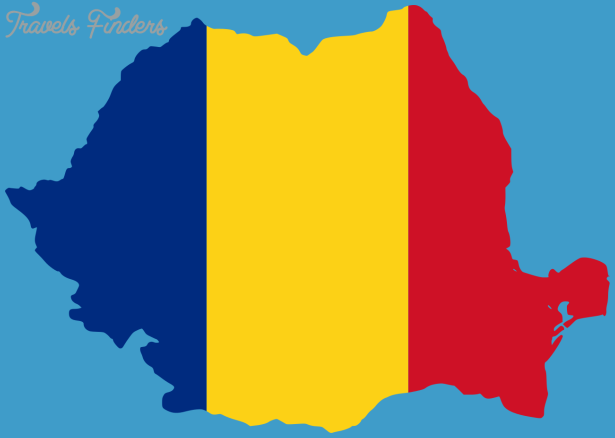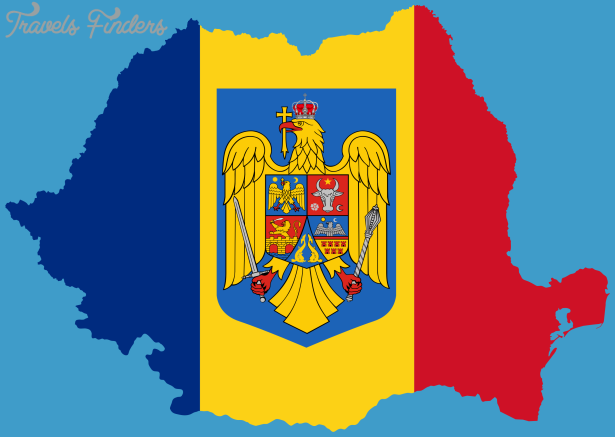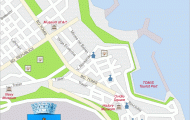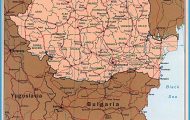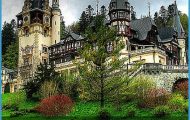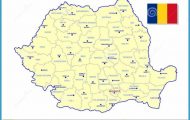Wine Festival -Buzau area
Official name: Romania Official language: Romanian Romania is located in southeastern Europe and borders Ukraine (in the north and east) and Moldova (in the east), Hungary (in the west and northwest), Bulgaria (in the south), Serbia (in the southwest) and Bulgaria (in the south). The country’s surface area is 238,391 km2.
Flag: Blue, yellow and red in vertical stripes, from left to right, respectively.
Government: Bicameral parliamentary republic. European Status: member of the European Union since 1 January 2007.
Population: 21,733,556 people (2003), of which 89% are Romanian. The principal minorities include Hungarians and Szeklers (Secui) (7.1%) and Roma (Gypsies) (1.7%).
Wallachia: Between Past and Present
The feudal states of Wallachia, one of the oldest Romanian provinces, inhabited by the Vlachs and ruled by a knjez (Old Slavonic for “prince”), are first mentioned in historical records dating back to the 12th century. Situated between the Carpathians and the Danube, Wallachia gained its independence in 1330, when the army of Basarab I defeated the forces of Charles Robert de Anjou, the King of Hungary, at Lovistea.
Romania Map And Flag Photo Gallery
Many buildings – fortresses, princely courts, churches, and monasteries-have remained from the time oftheWallachian princes. Neagoe Basarab (reigned 1512-1521) built the Curtea de Arges Monastery. Matei Basarab (1632-1654), regarded as a veritable “patron of the church” constructed more than thirty places of worship. During the reign of Constantin Brancoveanu (1688-1714), cultural life witnessed an unparalleled blossoming: Hurez Monastery, the Brancoveanu Monastery at Sambata de Sus, the Saint George New Church in Bucharest, the Mogosoaia Palace (outside Bucharest) and Potlogi (in Dambovita county) all bear the stamp of the brilliant Brancoveanu style.
An excursion through Wallachia takes us to places that are as picturesque as they are various. It is here that we discover the Bucegi Mountains, with the strange rock formations known as the Sphinx and the Old Women; the muddy volcanoes of Buzau; the spa resorts of Calimanesti-Caciulata, Voineasa, Baile Olanesti, and Baile Govora; the Cozia,Tismana, Bistrita, Govora and Arnota monasteries; the mountain resorts of Sinaia, Busteni, Predeal and Azuga; and numerous towns that have preserved the traces of times long past.

